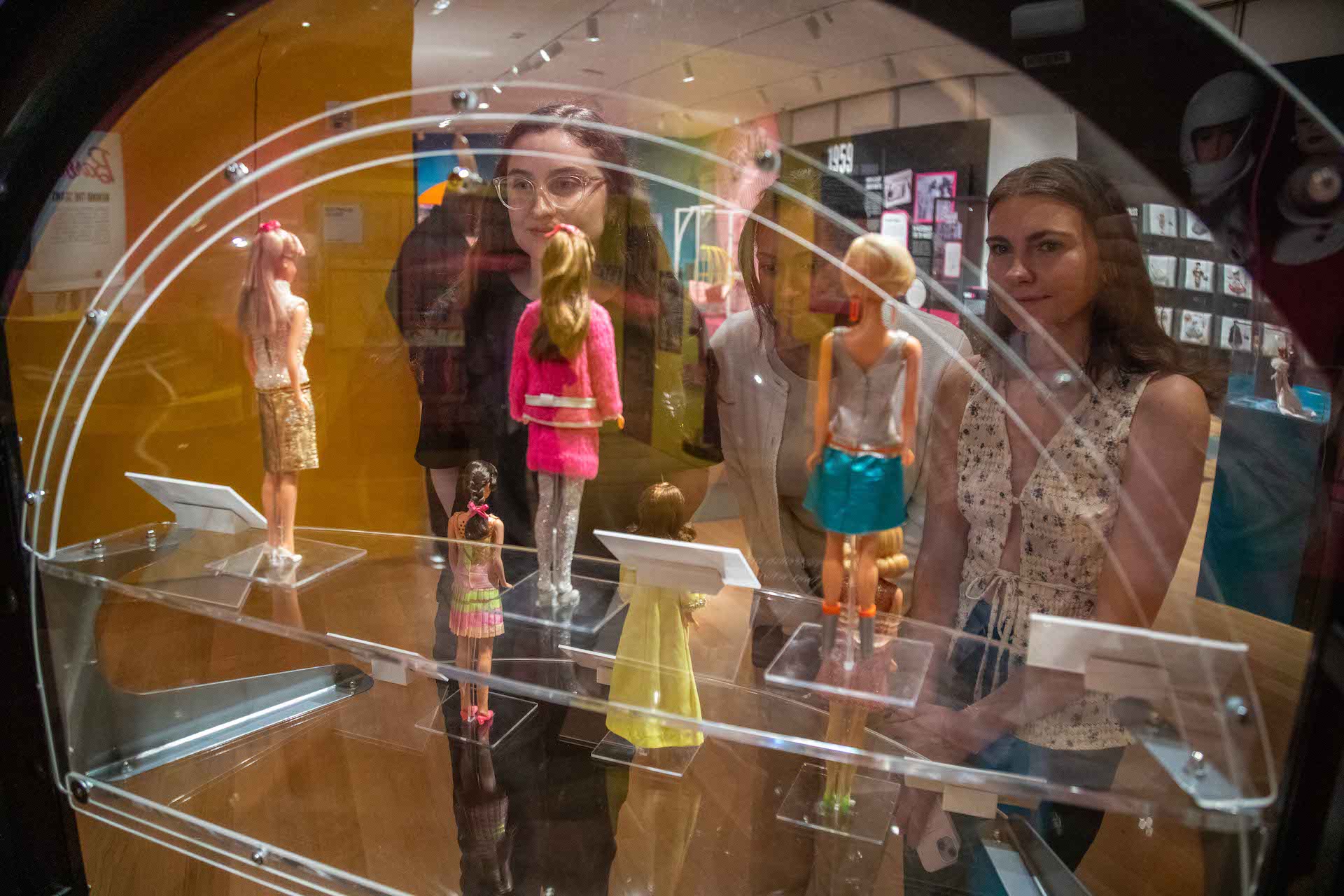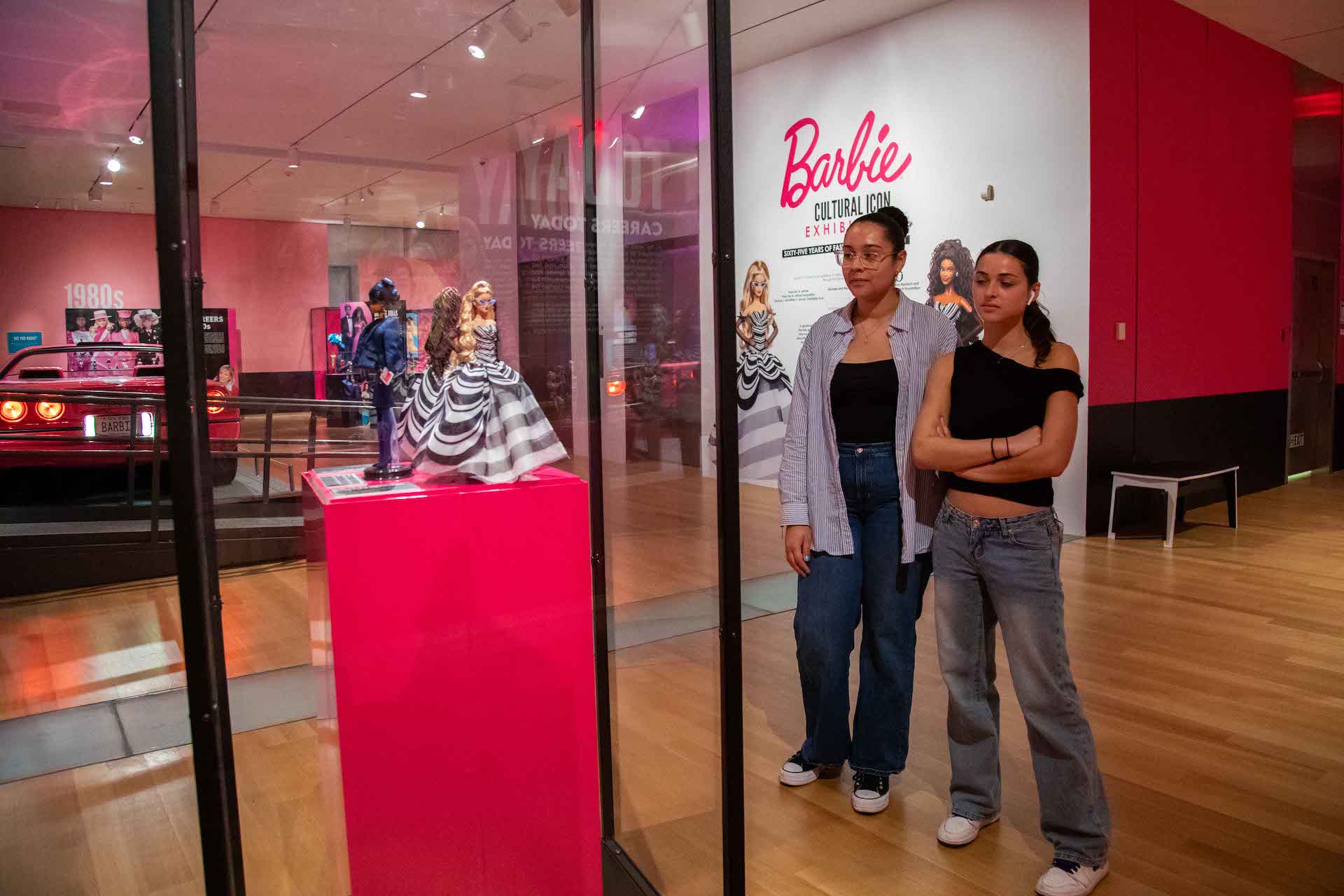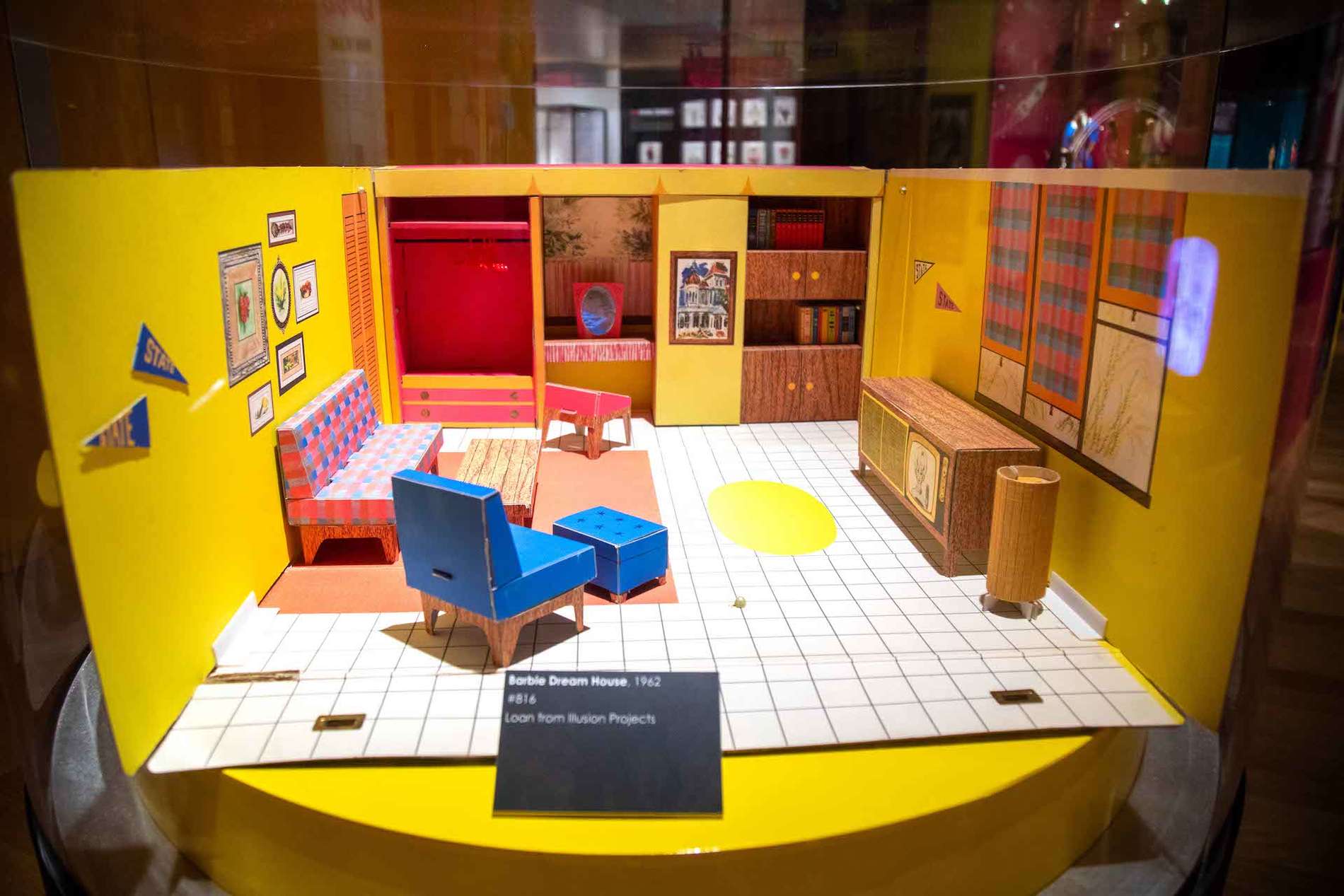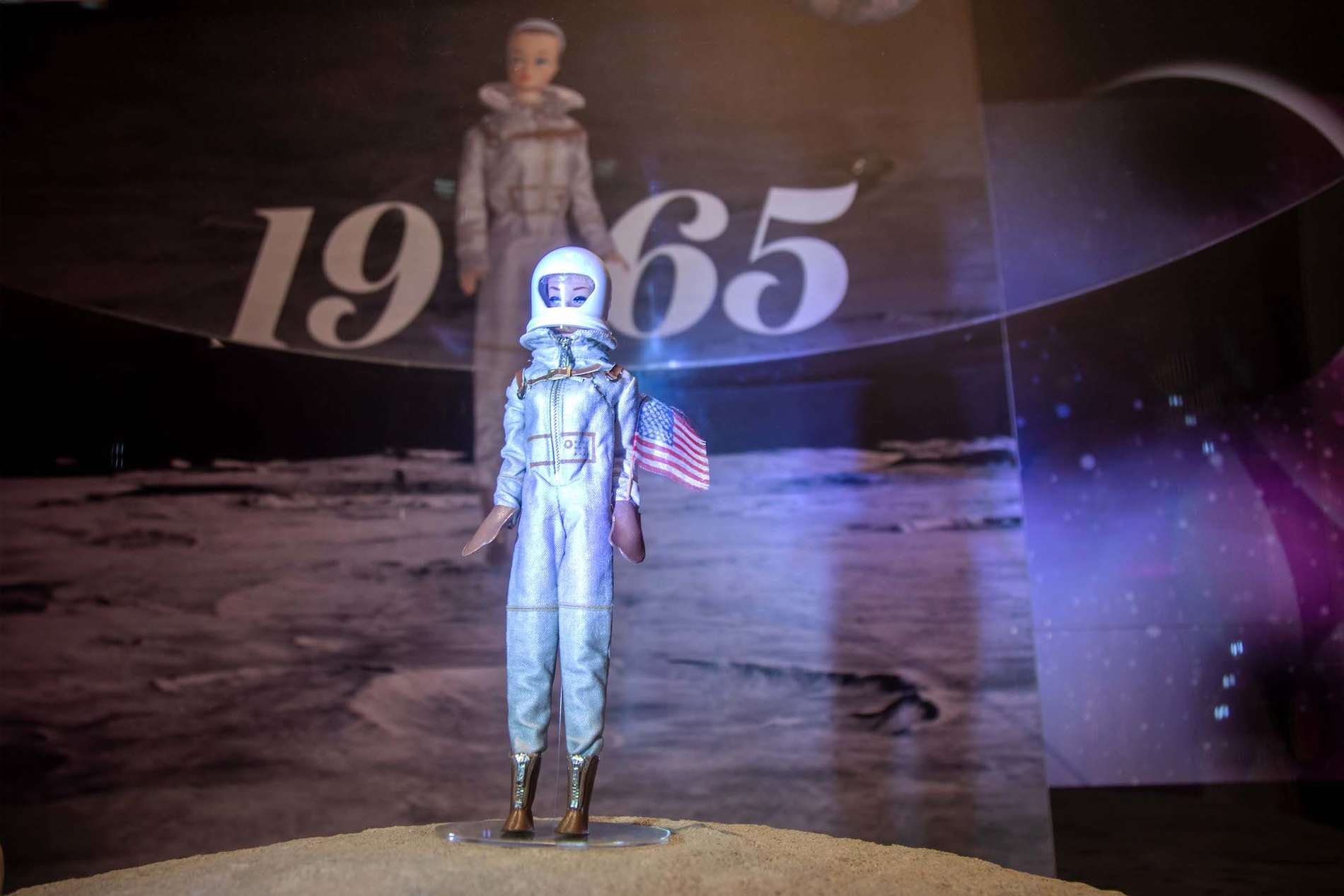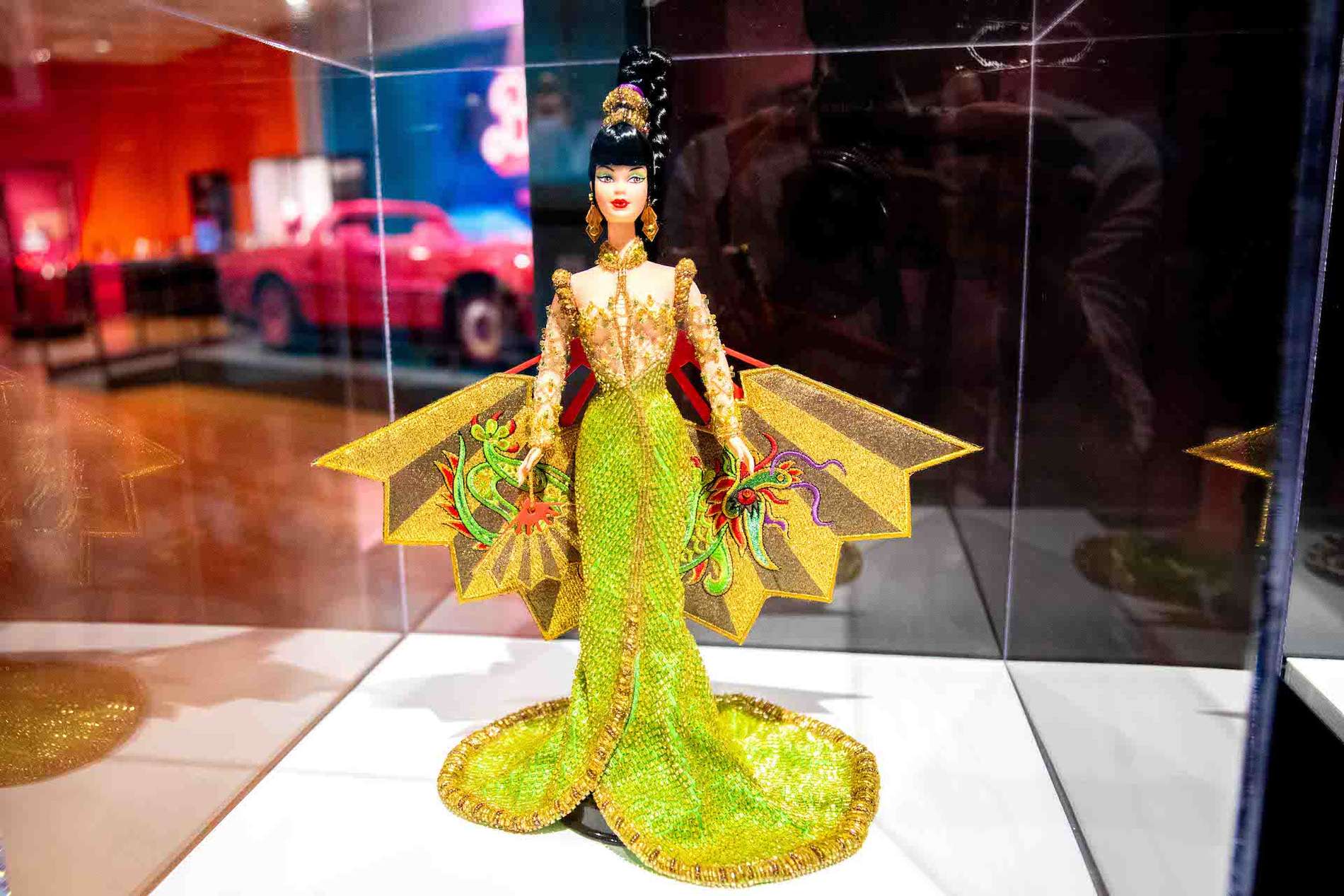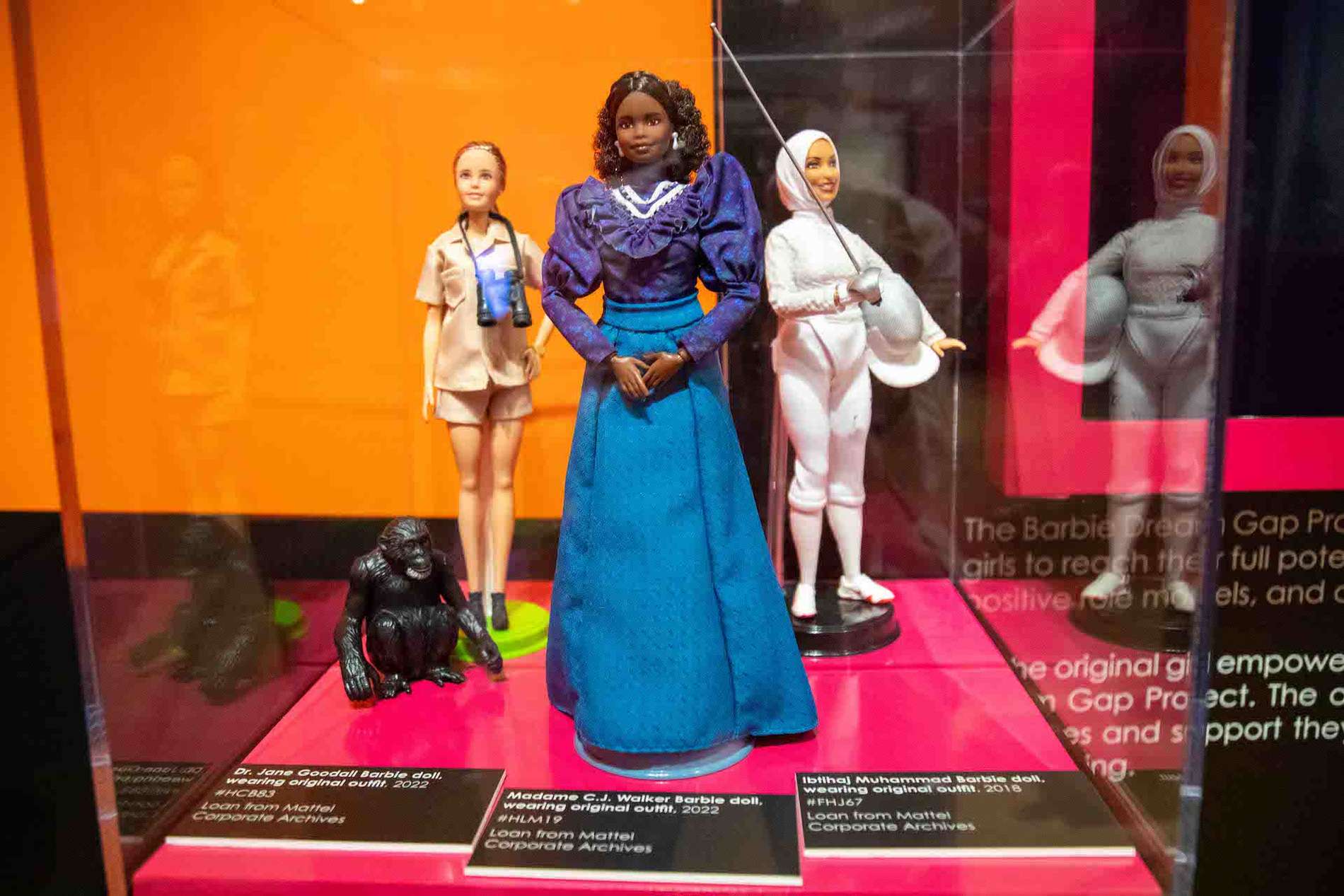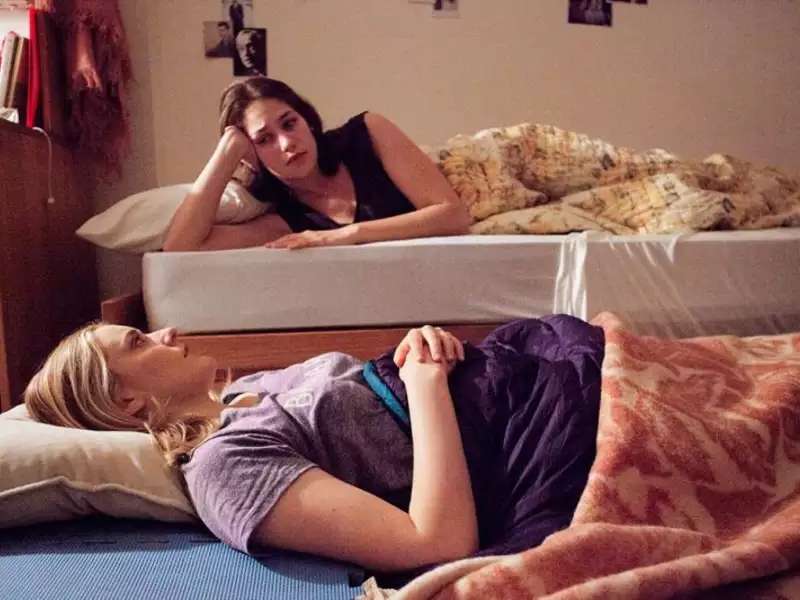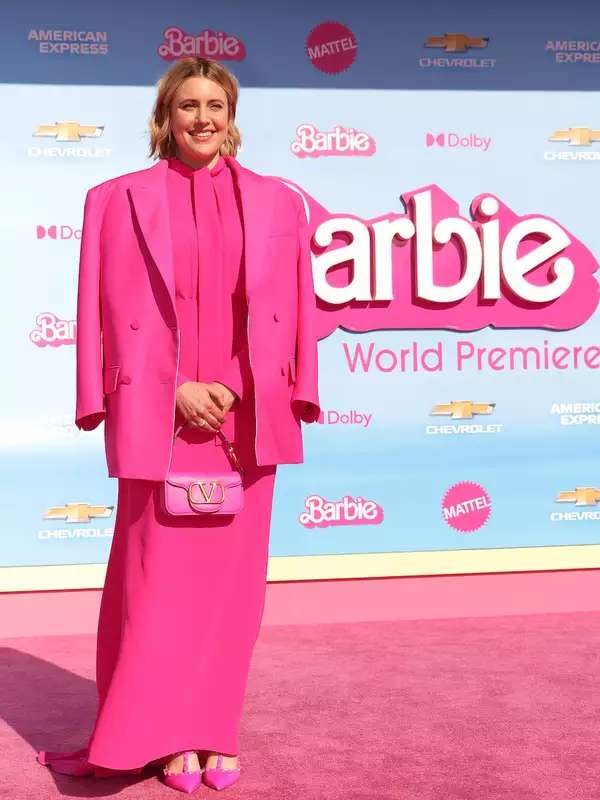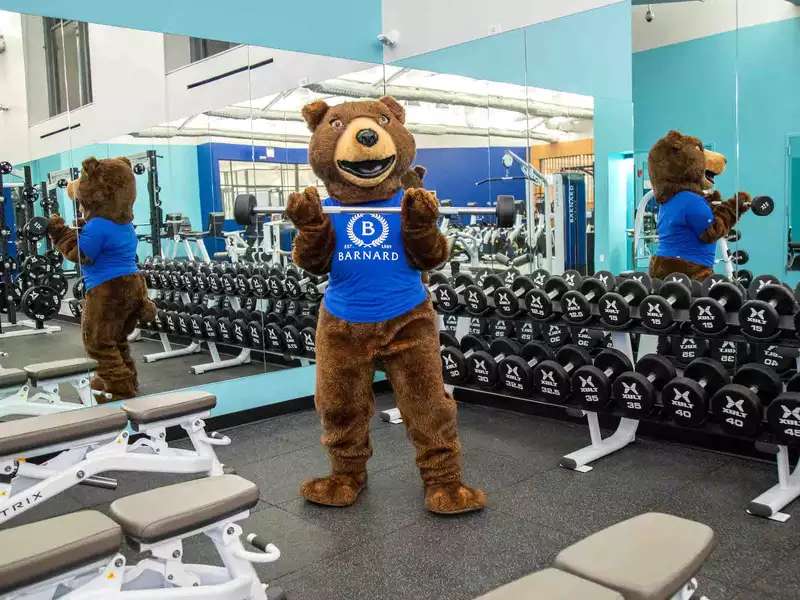At the alma mater of Oscar-nominated director Greta Gerwig ’06, Barnard students have a special connection to Barbie, thanks to Gerwig’s big screen reimagining of the world’s most famous doll. The magic that drew Gerwig to Barbie is what drew current Barnard community members to the Museum of Arts and Design (MAD), where the toy’s 65th anniversary is being celebrated in the exhibition “Barbie: A Cultural Icon,” on display until March 16, 2025.
On October 21, students, alongside other Barnard community members, received an exclusive look at the treasures, made possible by Francine A. LeFrak, the founder of Barnard’s new Francine A. LeFrak Foundation Center for Well-Being. LeFrak — who is a Barnard trustee and an advocate for women’s physical, mental, and financial well-being both on and off campus — is a sponsor of the “Barbie” exhibition.
Angelic Estrella Molos ’25, a Francine LeFrak Center student ambassador, expressed her excitement at seeing the exhibition, especially with other Barnard peers. “Visiting the ‘Barbie’ exhibit was like a little escape back to childhood joy,” said Molos, a women’s, gender, and sexuality studies major. “Sharing that experience with friends reminded me how simple joys are so fundamental to wellness, and I’m so grateful for how the Francine LeFrak Center brings that focus on joy and community to Barnard.”
Amrita Singh ’25 agreed. “As an ambassador, experiencing the ‘Barbie: A Cultural Icon’ exhibition with my Barnard peers was a joyful reminder of the Francine LeFrak Center’s mission to empower women,” she said. “Barbie’s journey — as an astronaut or a business owner — mirrors our paths toward ambition. It’s inspiring to witness how Barbie encourages confidence, self-acceptance, and wellness — values that resonate deeply with our community at Barnard.”
“I am thrilled to support the ‘Barbie: A Cultural Icon’ exhibition, which celebrates Barbie’s evolution and her powerful influence on women of every generation in the fun and inspiring way only Barbie can,” said LeFrak. “This exhibition not only highlights Barbie’s impact on fashion, careers, and culture over the past 60 years but also aligns with our mission at the Francine A. LeFrak Foundation Center for Well-Being at Barnard — to inspire women to embrace their potential and financial well-being.”
The newly completed Francine LeFrak Center opened its doors to all Barnard community members on October 30, which transformed the first floor of Barnard Hall into state-of-the art spaces devoted to well-being, including a 4,000-square-foot fitness center. “Barbie’s journey reflects the resilience and progress women have made and reminds us that by elevating mental well-being, physical well-being, and financial fluency, we can continue to break barriers for women everywhere,” said LeFrak.
At the MAD exhibition, students were able to immerse themselves in the toy’s influence over fashion, popular culture, professional representation, and politics. “The exhibit is really extensive; I didn’t know how deep the archives go,” said Liliannie Ortiz Rodriguez ’25. “It’s cool to see the originals, like the first Ken dolls and early-on 1970s dolls.”
On view are more than 250 vintage dolls, ranging from all the iterations of Malibu Barbie to embodiments of former first lady Jacqueline Kennedy. A “Behind the Seams” section highlights the creative and physical processes behind doll making. Exclusive interviews with experts and fashion designers — ranging from Karl Lagerfeld to Bob Mackie — and vintage advertisements are some of the many displays informing visitors on the significance Barbie holds beyond her plastic exterior.
“I grew up playing with Barbies as a kid, [and] I love how the exhibit displays the evolution of the fashion and different outfits of the doll,” said Sara Abedi ’17, laboratory instructional support specialist in Barnard’s Physics and Astronomy Department. “I feel like Barbie has gotten a lot more inclusive, including in expressing different styles. It’s cool to see trends evolve from the ’50s to now.”
From the ’70s satin evening gown of Superstar Barbie to the silver spacesuit of Miss Astronaut Barbie and the pink blazers of Presidential Candidate Barbie, the doll has adapted to — and influenced — the zeitgeist of each decade in uncompromising pink (Pantone 219C) fashion. See below for an online tour of the exhibit.
—TARA TERRANOVA ’25

